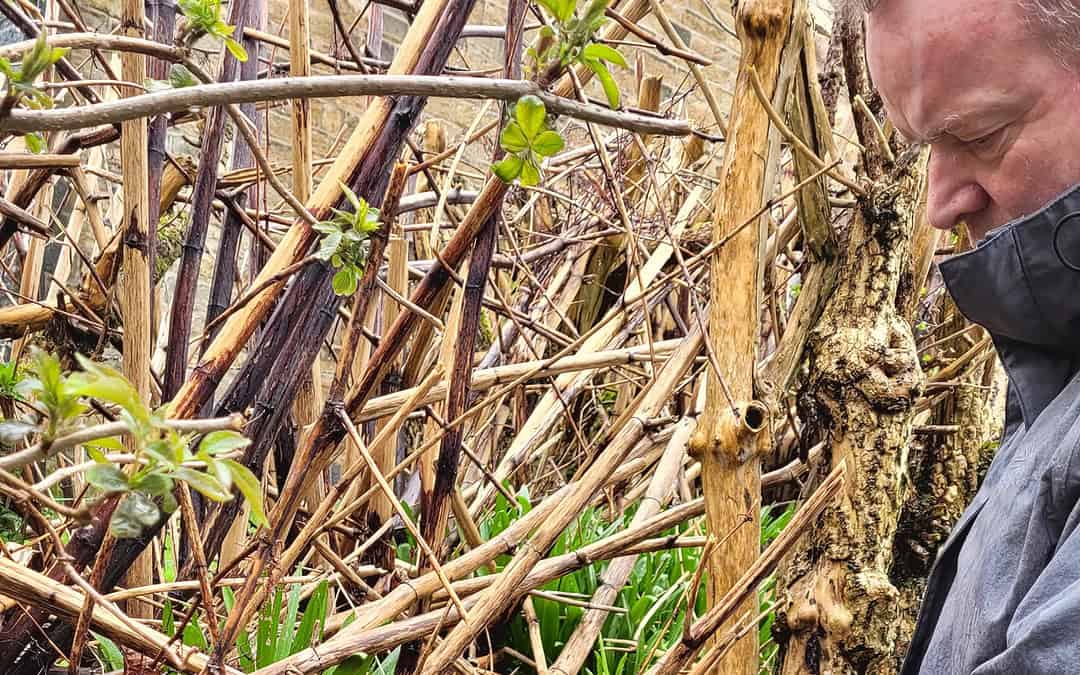 The Economic Impact of Japanese Knotweed on Local Communities and Businesses Discover the economic impact of Japanese Knotweed on local communities and businesses. Explore how this invasive plant species affects property values, land development, and business...
The Economic Impact of Japanese Knotweed on Local Communities and Businesses Discover the economic impact of Japanese Knotweed on local communities and businesses. Explore how this invasive plant species affects property values, land development, and business...
 Japanese knotweed Australia Japanese knotweed (Fallopia japonica) is considered a significant threat to native ecosystems and biodiversity in many parts of Australia. This is because the plant can outcompete and displace native vegetation. Reducing habitat quality...
Japanese knotweed Australia Japanese knotweed (Fallopia japonica) is considered a significant threat to native ecosystems and biodiversity in many parts of Australia. This is because the plant can outcompete and displace native vegetation. Reducing habitat quality...
 Japanese knotweed is considered a problem in Canada Japanese knotweed (Fallopia japonica) was introduced into Canada as an ornamental plant in the late 1800s. Japan initially brought it to North America as a decorative plant for gardens and landscapes. Gardeners and...
Japanese knotweed is considered a problem in Canada Japanese knotweed (Fallopia japonica) was introduced into Canada as an ornamental plant in the late 1800s. Japan initially brought it to North America as a decorative plant for gardens and landscapes. Gardeners and...
 The Benefits and Challenges of Using Japanese Knotweed for Bioenergy and Biofuels Learn about the benefits and challenges of using Japanese Knotweed for bioenergy and biofuel production. Discover the potential for this invasive species to be used as a sustainable...
The Benefits and Challenges of Using Japanese Knotweed for Bioenergy and Biofuels Learn about the benefits and challenges of using Japanese Knotweed for bioenergy and biofuel production. Discover the potential for this invasive species to be used as a sustainable...
 Japanese knotweed in America Japanese knotweed is an invasive species in America, particularly in the United States and Canada. The plant is known for its aggressive growth and its ability to spread rapidly, outcompeting native vegetation and altering natural...
Japanese knotweed in America Japanese knotweed is an invasive species in America, particularly in the United States and Canada. The plant is known for its aggressive growth and its ability to spread rapidly, outcompeting native vegetation and altering natural...
 Is Japanese knotweed a problem in New Zealand? Japanese knotweed was introduced to New Zealand in the mid-19th century as an ornamental plant. It is thought to have been brought to the country by European settlers, who appreciated its attractive appearance and used it...
Is Japanese knotweed a problem in New Zealand? Japanese knotweed was introduced to New Zealand in the mid-19th century as an ornamental plant. It is thought to have been brought to the country by European settlers, who appreciated its attractive appearance and used it...
Japanese Knotweed Plus use cookies to improve your experience. We'll assume you're ok with this, but you can opt-out if you wish.AcceptReject Read More Cookies Policy






